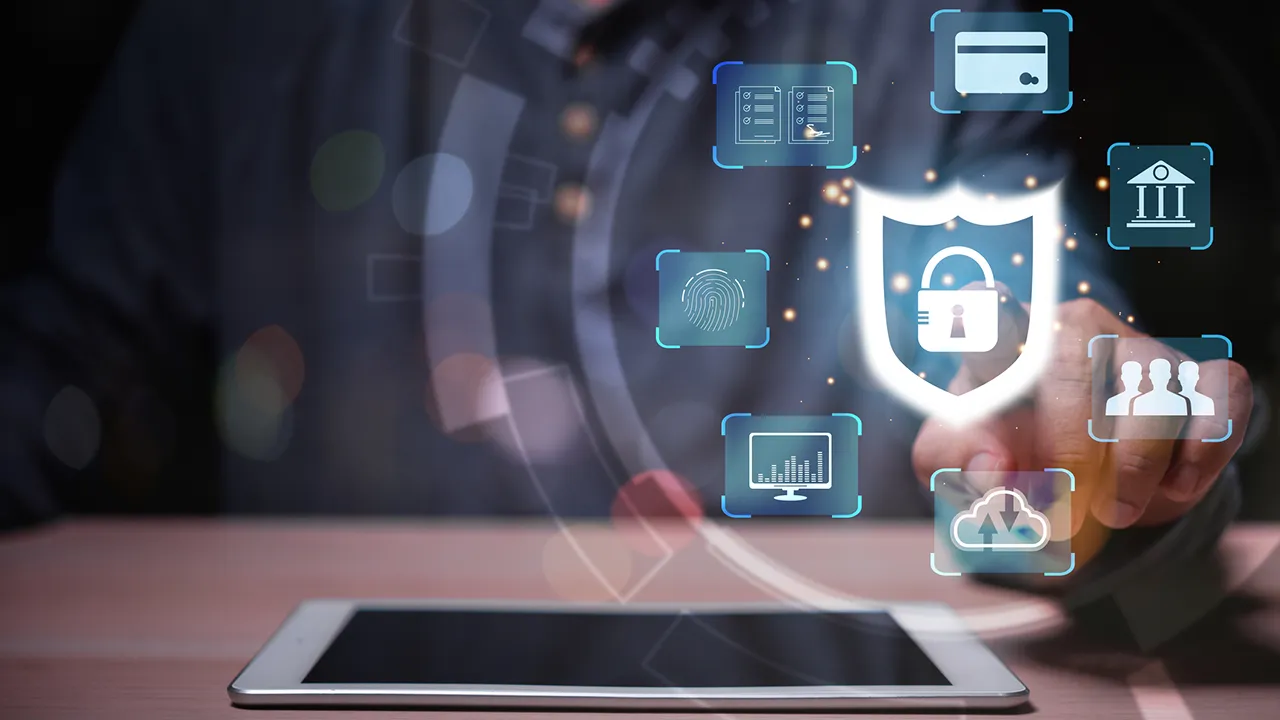Blog
Digital sovereignty - what does it mean?
The issue of digital sovereignty has risen high on the agenda. But what does digital sovereignty mean in practice? We explore this and highlight the need for new digital collaboration tools in the public sector.

In short, digital sovereignty is about having control over your own data, how it's stored and managed. This can be applied on different levels – from companies and organisations to nations. The bottom line is that your data should be handled in a safe, secure and legal way.
Digital sovereignty can be divided into two parts. The first part we've been talking about is the right to control your own data. The second part is about risk diversification. But what does that mean in practice? It´s about an organisation taking responsibility and choosing where the data should be stored. What information should be on it´s own servers? What should be stored in the cloud? And make sure you have full visibility of how the data is being handled and that it's GDPR compliant. This is exactly what many companies and organisations focusing on right now – reviewing their digital sovereignty.
Digital sovereignty is nothing new, but discussions about it have intensified. Several countries have chosen to take a stand on how their data should be shared with third countries. In France, for example, the government has decided that schools cannot use Microsoft Office 365 and Google Workspace because they store personal information on US servers. Germany and the Netherlands have followed France's lead and opted out of Microsoft Office 365 and Google Workspace. Denmark has banned Google Chromebooks and Google Workspace in schools.
The need for digital collaboration tools remains
Although more and more companies and organisations are looking for alternatives, the need for tools such as chat, video conferencing and file sharing remains. But what are the alternatives? In Sweden, a number of authorities have taken the lead in finding legal and appropriate alternatives. This work has been coordinated by eSam, together with eight authorities and over 170 organisations involved. The work clearly shows that there are alternatives that will give full advantage of the benefits that digitalisation brings.
Because fundamentally, the challenge is the same: to enable employees to collaborate effectively – the difference is to do it in an information-secure and legal way, based on digital sovereignty.
Want to know more?
Check out Sitevisions digital collaboration platform for more information about how your organisation or company can use Sitevision both as a CMS and collaboration tool.
Tags
Share
You must be logged in to submit comments.
Comments are closed for this article
CMS for intranet
Increase engagement and strengthen the workplace culture
with a social intranet.
Quick to get started with ready-to-use templates
Gather strengths – integrate other systems
Secure and Swedish cloud service
Always nearby in the mobile app
User-friendly and web-based interface
CMS for websites
Create engaging websites with a focus on the digital
experience from start to finish.
Personalise more
Web analytics directly in the interface
Accessibility at its finest
Secure and Swedish cloud service
User-friendly and web-based interface






Comments